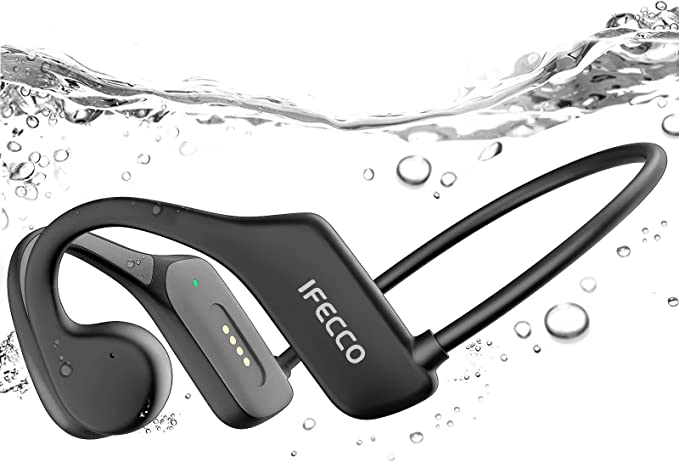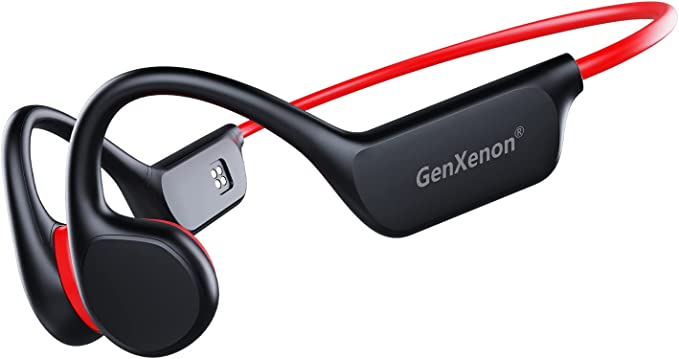Foolproof by Design: The Ergonomics and Psychology of Automated Hair Styling
Update on Oct. 12, 2025, 5:38 p.m.
For decades, the curling iron has been a paradoxical object: a tool of beautification that carries an inherent risk of burns, tangled hair, and frustratingly inconsistent results. The skill required to manually wrap a section of hair at the perfect tension and angle around a searingly hot barrel is a form of ambidextrous art—one that many users, despite countless tutorials, never fully master. This gap between desired outcome and user capability is a classic user experience (UX) problem. The rise of automated tools like the TYMO CURLGO isn’t merely about adding motors; it’s a fundamental shift in design philosophy, moving from a tool that demands mastery to one that offers guidance. It’s a case study in how human-centered design can systematically dismantle barriers of fear, coordination, and inconsistency.

The Cognitive Load of Curling
In UX design, “cognitive load” refers to the amount of mental resource required to use a system. A traditional curling wand imposes a surprisingly high cognitive load. The user must simultaneously manage: * Spatial Reasoning: Which direction to wrap the hair? How high up the strand to start? * Motor Control: Maintaining even tension, rotating the wrist at a consistent speed. * Time Management: Holding the hair long enough to set a curl, but not so long as to cause damage. * Risk Assessment: Constantly monitoring the proximity of the hot barrel to skin, ears, and scalp.
When cognitive load is high, the probability of user error increases dramatically. This is why one side of the head often looks perfect while the other is a mess; the user’s dominant hand performs the task with less mental strain. Automation is a direct engineering response to this cognitive overload. By taking over the complex motor task of wrapping the hair, an automatic curler reduces the user’s role to two simple actions: positioning the tool and pressing a button. This frees up immense mental bandwidth, allowing the user to focus solely on sectioning the hair, dramatically lowering the barrier to entry and improving consistency.
Designing for Safety: Beyond a Simple Warning Label
The risk of burns is the single greatest psychological barrier for many potential users of heat styling tools. According to a study by the American Burn Association, thermal burns from hair care products are a significant cause of non-fatal contact burn injuries, particularly among adolescents and young adults. For years, the primary solution was a warning label and perhaps a small plastic tip. This places the entire burden of safety on the user.
A human-centered approach, however, seeks to design out the hazard itself. The 360-degree heat shield on the TYMO CURLGO is a prime example of this philosophy. It doesn’t just warn the user about the heat; it creates a physical, insulated barrier between the high-temperature ceramic barrel and the user’s skin. This simple-yet-profound feature fundamentally changes the user’s interaction with the tool. It allows them to bring the device close to the scalp and face with confidence, a maneuver that is fraught with peril on a traditional open-barrel wand. This isn’t just a feature; it’s an empathy-driven design choice that acknowledges user fear and actively mitigates it.
Further safety-oriented design can be seen in features like the tangle-free control. An automatic system must have a failsafe. By sensing excessive tension or improper hair insertion, the device can automatically stop and reverse its rotation, preventing the hair from becoming knotted within the mechanism. This anticipates a potential user error and builds in a solution, fostering trust and reducing the anxiety associated with automated systems.
The Ergonomics of Effortlessness
Ergonomics, the science of designing for human efficiency and comfort, plays a crucial role in a handheld device. The balanced counterweight and “palm-hugging” design mentioned in the CURLGO’s description speak to a conscious effort to reduce physical strain. A well-balanced tool requires less muscle tension to hold and maneuver, reducing fatigue during a full styling session.
Consider the placement of buttons, the grip texture, and the overall weight. Each of these decisions impacts the usability of the tool. An ergonomic design ensures that the device feels like a natural extension of the hand, not an awkward, heavy object to be wrestled with. Features like a Safety Lock are also ergonomic in a broader sense; they consider the product’s entire lifecycle, including travel and storage, preventing accidental activation and battery drain. This demonstrates a holistic view of the user’s journey, extending beyond the immediate act of styling.

Conclusion: From Intimidating Tool to Inclusive Partner
The evolution from a manual wand to an automated, shielded curler is a story of designing with empathy. It acknowledges that the “average user” may not have the time, patience, or ambidextrous skill of a professional stylist. By systematically identifying and solving the core usability challenges—high cognitive load, risk of burns, and physical strain—designers are transforming these devices from intimidating tools into inclusive partners. The goal of “foolproof” design is not to insult the user’s intelligence, but to respect their time and well-being. It democratizes the ability to achieve a desired aesthetic, making it accessible not just to the skilled few, but to the uncoordinated many, proving that the best technology is not the most powerful, but the most empowering.























































